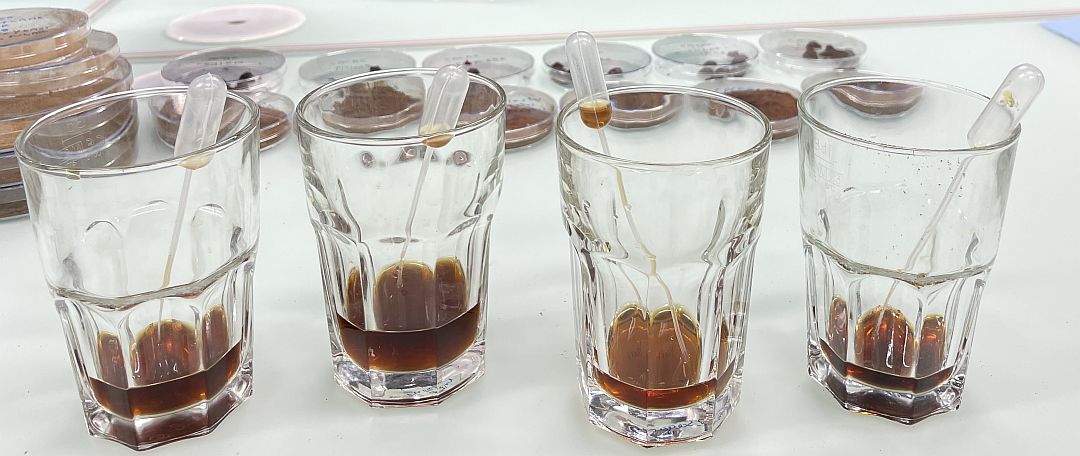This cheerful greeting at trade shows causes many companies to create new products that cannibalize their existing product sales.
I challenge you to find another way of answering this question. You can have a new promotion, new labels, new certifications, a new sales manager, new display racks or a new shipper.
Sacrilege, I know.
There is a myth that NEW products are the lifeblood of the specialty food business. But let’s examine the assumptions and results:
- We think we know what consumers want. How do you market research consumer trends before creating new products or flavor profiles? First, make sure there’s demand.
- Put your funds into exploiting current products. New products rarely outperform existing best sellers.
- The costs of introducing new products are excessive. If new products are in such demand, why do we have to pay slotting or give free fills to provide them a chance?
- Getting shelf space is no guarantee of sales. When introducing new products, do you insist on large displays so consumers will be enticed to trial or do you accept the one case per store option and hope it sells?
- How else do you support your new product? Do you commit to a consumer advertising budget to pull the product through?
After a crazy year of increased grocery store sales and empty shelves, retailers and distributors are cutting back on the number of SKUs they stock. This is an opportunity to push your best sellers in larger numbers to acquire new consumers, especially if you are not experiencing supply-side restraints.
Consider the cost of promoting existing products vs the development of new products: a promotional percentage off vs design costs, labels, sell sheets, sample requests, etc.
As we prepare to get back to trade shows, find a way to answer, “What’s new?” with something that will build your business with tried-and-true tactics rather than unknown new products that take a sale away from your bestseller.
Source link
Author Coach Maz






